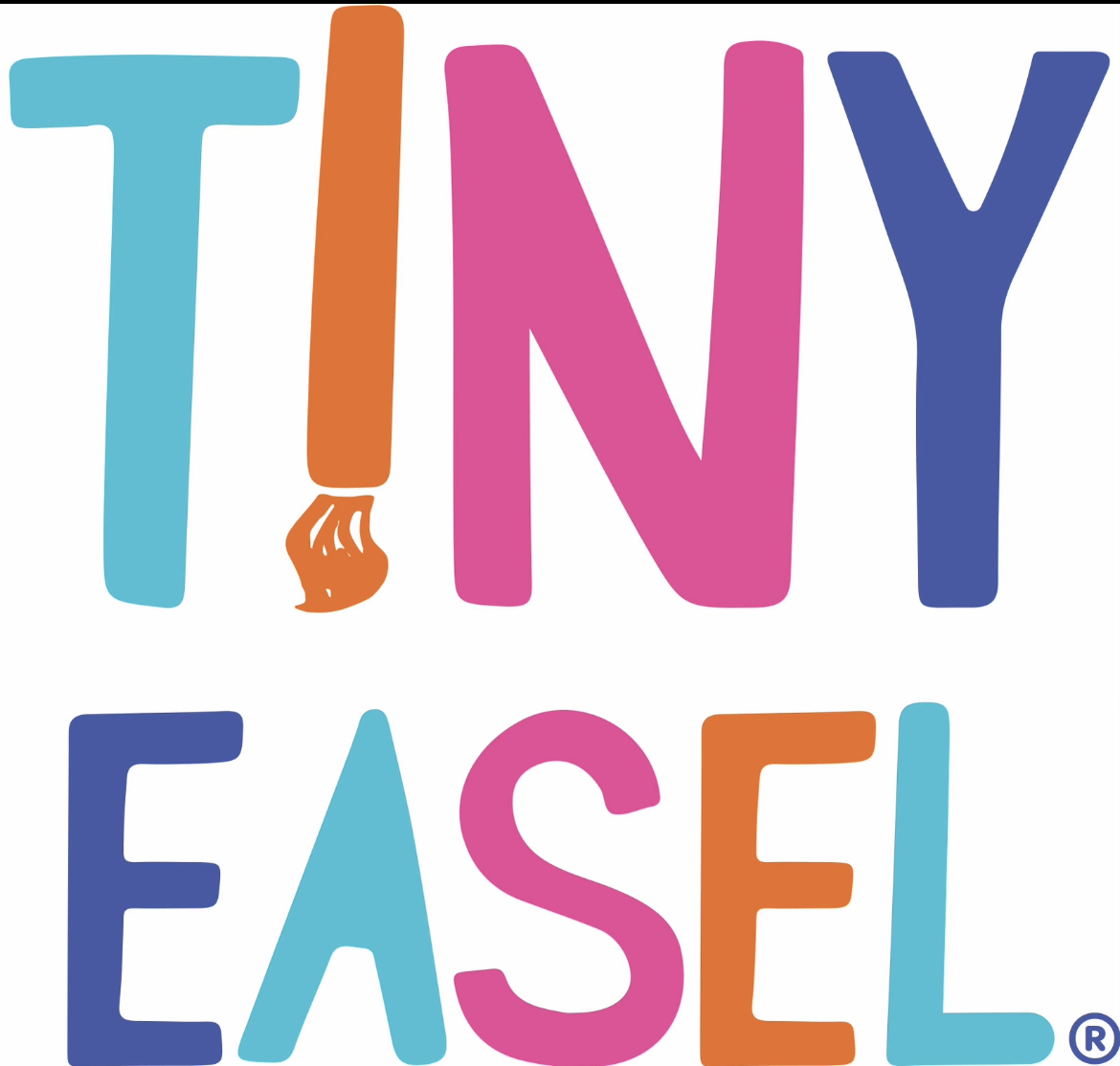Designing a garden that balances beauty and functionality is a rewarding endeavor. A well-planned garden can be a haven for relaxation, a source of fresh produce, and a visually stunning extension of your living space. Whether you have a small urban backyard or a spacious countryside plot, incorporating both aesthetic appeal and practicality into your garden is key to creating a space that you’ll enjoy and use frequently. This guide will help you plan a garden that is both beautiful and functional by providing practical tips and design ideas that fit your needs and lifestyle.
Start with a Vision
The first step in creating a beautiful and functional garden is to envision what you want from your space. Do you want a tranquil spot for relaxation, a vibrant space for entertaining, or a productive area for growing fruits and vegetables? Understanding your goals will help you determine the layout, plant choices, and features that will best suit your needs.
Think about how you’ll use your garden: Are you planning to host family gatherings, create a play area for children, or grow your own food? Your garden’s purpose should guide your planning process and help you establish a cohesive design that aligns with your lifestyle.
Assess Your Space
Every garden is unique, and understanding the characteristics of your space will help you make the most of its potential. Take time to observe the sun and shade patterns throughout the day, as well as the soil type, drainage, and any existing features that you want to work with or modify.
Consider how the sun moves across your garden to determine which areas receive full sun, partial shade, or deep shade. This information is essential for selecting the right plants and positioning them in locations where they’ll thrive. Similarly, identifying areas that are prone to wind or poor drainage will help you address potential challenges early in the planning process.
Incorporate Structure with Hardscaping
Hardscaping elements provide structure and define the layout of your garden. Paths, patios, walls, and raised beds can all add a sense of order and functionality to your space. Hardscaping not only creates visual interest but also makes your garden more accessible and usable.
Consider adding pathways to connect different areas of your garden, making it easy to navigate between flower beds, vegetable patches, and seating areas. Materials like gravel, stone, or pavers can complement the style of your garden and add texture. A patio or deck can serve as a gathering spot for outdoor dining or relaxing, while retaining walls can help manage slopes and create defined planting areas.
Create Functional Zones
To make the most of your garden, divide it into different zones based on function. Functional zones can include seating areas, garden beds, play areas, and storage spaces. By clearly defining these zones, you can create a garden that feels organized and cohesive while serving multiple purposes.
For example, designate a sunny spot for a vegetable garden and a shaded area for a seating nook. If you have children, consider creating a play area with soft grass or sand where they can safely explore. Separating these zones with pathways or plant borders will help create a sense of flow and make the garden feel more spacious.
Choose Plants for Beauty and Purpose
When selecting plants for your garden, aim for a mix of beauty and functionality. Consider incorporating a combination of flowering plants, shrubs, and edible plants that provide both visual interest and practical benefits. Flowering plants like roses, lavender, and coneflowers add color and fragrance, while edible plants like herbs, vegetables, and fruit trees can provide fresh, homegrown produce.
Native plants are an excellent choice for any garden, as they are well adapted to the local climate and often require less maintenance than non-native species. Native plants also provide important habitat for pollinators and other wildlife, contributing to a healthier ecosystem.
Think about the seasonal interest of your plants as well. Choose a variety of plants that bloom at different times of the year to ensure that your garden is always vibrant and colorful. Incorporating evergreen shrubs and plants with interesting foliage can also provide structure and visual appeal during the winter months.
Add Vertical Interest
Incorporating vertical elements can add depth and dimension to your garden, making it feel more dynamic and visually appealing. Trellises, arbors, and pergolas can be used to support climbing plants like clematis, jasmine, or grapes, adding height and creating a lush, green backdrop.
Vertical gardening is also a great solution for small spaces. Wall planters, hanging baskets, and vertical garden structures can help maximize your growing space and add visual interest without taking up valuable ground space. By using vertical elements, you can create a garden that feels more expansive and layered.
Focus on Accessibility and Ease of Use
A functional garden should be easy to navigate and maintain. Raised garden beds are an excellent way to make gardening more accessible, especially for those with mobility challenges. Raised beds also improve drainage and make it easier to control soil quality, leading to healthier plants.
Consider the placement of your plants to make garden maintenance more convenient. Place frequently harvested plants like herbs and vegetables close to your kitchen or near a pathway for easy access. Similarly, group plants with similar water and sunlight needs together to simplify watering and care.
Incorporate Seating and Gathering Areas
A garden should be a place where you can relax and enjoy nature, so be sure to include seating areas where you can unwind or entertain guests. Whether it’s a simple bench under a tree, a hammock, or a full outdoor dining set, having a comfortable place to sit will encourage you to spend more time in your garden.
Position seating areas in spots that offer attractive views of your garden, such as near a flower bed or water feature. Adding cushions, outdoor rugs, and string lights can make your seating area feel even more inviting, creating a cozy atmosphere for enjoying your garden during the day and into the evening.
Use Mulch and Groundcovers for Low Maintenance
To keep your garden looking neat and reduce maintenance, consider using mulch and groundcovers. Mulch helps retain soil moisture, suppress weeds, and regulate soil temperature, making it an essential element for a low-maintenance garden. Organic mulches like bark or straw also break down over time, adding nutrients to the soil.
Groundcovers like creeping thyme, sedum, or ajuga can be used to fill in gaps between plants, reduce weed growth, and add texture to your garden. Groundcovers are particularly useful in areas where traditional lawn grass may be difficult to maintain, such as on slopes or in shaded spots.
Incorporate Water Features
Adding a water feature to your garden can enhance its beauty and create a calming atmosphere. The sound of running water from a fountain or small pond can be incredibly soothing and can help mask unwanted background noise, such as traffic or neighbors.
Water features can also attract wildlife to your garden, providing a source of water for birds, butterflies, and other pollinators. Even a simple birdbath can add charm and provide important benefits for local wildlife. When incorporating a water feature, be sure to consider its placement to make it a focal point and ensure it’s easily accessible for maintenance.
Lighting for Functionality and Ambiance
Outdoor lighting is an important aspect of both the functionality and aesthetics of your garden. Well-placed lighting can make your garden usable after dark, highlight key features, and create a warm and inviting atmosphere. Solar-powered garden lights are an eco-friendly option that can be used to line pathways, illuminate garden beds, or accentuate focal points like statues or water features.
String lights or lanterns can be hung in seating areas or around pergolas to create a cozy ambiance for evening gatherings. Proper lighting will not only make your garden more functional but also allow you to enjoy its beauty at all hours.
Consider Wildlife-Friendly Elements
To make your garden both beautiful and environmentally friendly, consider incorporating elements that support local wildlife. Planting nectar-rich flowers will attract pollinators like bees and butterflies, while berry-producing shrubs can provide food for birds. Adding a small pile of logs or stones can create shelter for beneficial insects, such as ladybugs and beetles.
Incorporating native plants is another effective way to support wildlife, as these plants provide food and habitat for local species. Birdhouses, bat boxes, and bee hotels are also great additions that can encourage beneficial wildlife to visit and make your garden their home.
Personalize Your Garden
A garden should reflect your personality and be a space that brings you joy. Don’t be afraid to add personal touches that make your garden uniquely yours. This could include a favorite piece of garden art, a colorful mosaic pathway, or a collection of potted plants in interesting containers. Adding elements that are meaningful to you will make your garden a more enjoyable place to spend time.
Consider incorporating sensory elements, such as fragrant plants like lavender, rosemary, or jasmine, which can add another layer of enjoyment to your garden. Textural plants, wind chimes, or a herb garden for culinary use can all contribute to creating a garden that engages all of your senses.
Plan for the Long Term
A successful garden is one that evolves over time. When planning your garden, think about how your needs may change in the future and design a space that can adapt. Planting young trees or shrubs that will grow into larger features can help you envision the future layout of your garden, while perennials that return year after year can provide a sense of continuity.
Consider the growth habits of your plants and give them enough space to mature without overcrowding. Regularly assess your garden and make adjustments as needed—gardening is an ongoing process, and your garden will continue to develop and change with each season.
With careful planning, you can create a garden that is both beautiful and functional, providing a space for relaxation, enjoyment, and productivity. By combining practical features with visual appeal, you can design a garden that meets your needs and enhances your outdoor living experience for years to come.







